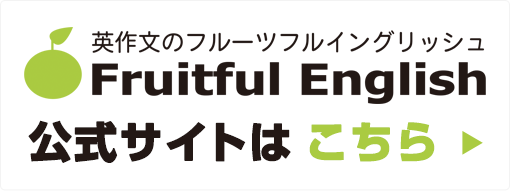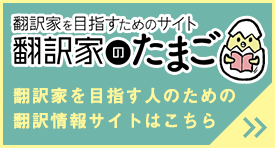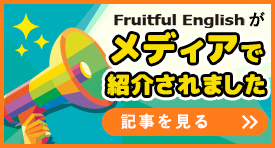さて、今日から何日かのメルマガではアメリカ人ネイティブBrian先生の
日本人英語についての面白いコラムを3つご紹介します。
英語を読む練習もしてほしいので、最初は英語、そして次の日に
日本語訳というスタイルで3つ記事を
お届けしたいと思います。
たのしんでくださいね!それでは1つめです。どうぞ~
英語読解の練習としてもどうぞ~。
One of the most difficult problems I’ve run into since I started teaching English in Japan is
how to explain to students what exactly mistakes with articles do to the minds of native speakers.
Of course, most of the time our brains automatically correct the error or fill
in the gaps in what we hear, because we recognize that English is not the first
language of our conversation partner, and the mistake is not fatal
in terms of conveying the information that was the purpose behind
the communicative exchange to begin with. But there are cases when
due to the nature of the conversation or situation this process of
“forgiving” article usage missteps is not so easy. In such instances,
a native speaker may be left with anything from a tired or unsettled feeling,
to an incorrect understanding of his or her counterpart’s meaning ? to an
involuntarily arisen mental image that makes him or her want to burst out laughing.
Throughout this book, I’ll try to share some examples of what I mean,
based on my own personal experiences in the classroom and from living in Japan generally.
Since the present section has focused on the two “Golden Rules” covering
the use of “a” and “an”, I’ll start there. I’m reminded of an episode
that involved, of all things, shaving cream. Out of my need to keep up a good shine
on my dome I had just picked up a can of the stuff from the drugstore, and
right as I was about to apply some of its contents to my scalp and work up a good lather,
I happened to glance at the directions printed on its label: “Shake a can well.”
I must have giggled out loud, because my wife, who was walking past the sink
where I was, asked me what was so funny. I told her, nothing, just that
I felt a sudden urge to run out to the kitchen, or maybe back to the aisles of the drugstore,
to snatch up a can of soda, soup, deodorant, something, and go nuts.

The reason the directions label evoked such a reaction in me is because it
violated the (first) Golden Rule discussed in this section:
(“1st time bringing up noun in conversation.”)
Readers may wonder why I say the (first) Golden Rule and not
the (second), of (“one, any one, of noun.”) Of course,
there is a great deal of overlap between the two, to the extent that
it may become almost indistinguishable as to which misusage is being
committed in some cases. But the primary issue here was that
the label’s instruction to “shake a can well” immediately arrested
the normal linguistic processes of my mind due to my presupposition
that I already knew “which one” I should be thinking about shaking.
In other words, I thought: “Hadn’t the particular can to shake been
brought up previously in the ‘conversation’ I was having with
the shaving cream company’s label writer?” You know, like,
“Am I not, um, holding it in my hand right now?”
(If I thought about it seriously and logically instead of just
recognizing it as the mistake of a non-native speaker, I would think
it must be talking about a can other than that which I was
holding at that moment, and this accounts for my initial confusion.)
いかがでしたか?
あなたもこんなケースが身の回りにあふれていないか
さっそく今日から探してみましょう!
※このブログでは英語学習に役立つ情報アドバイスを提供していますが、本ブログで提供された情報及びアドバイスによって起きた問題に関しては一切、当方やライターに責任や義務は発生しません。
※ここでの情報や助言を参考に英文を書いたり下した判断は、すべて読者の責任において行ってください。ここに掲載されている記事内の主張等は、個人の見解であり当社の意見を代弁・代表するものではありません。
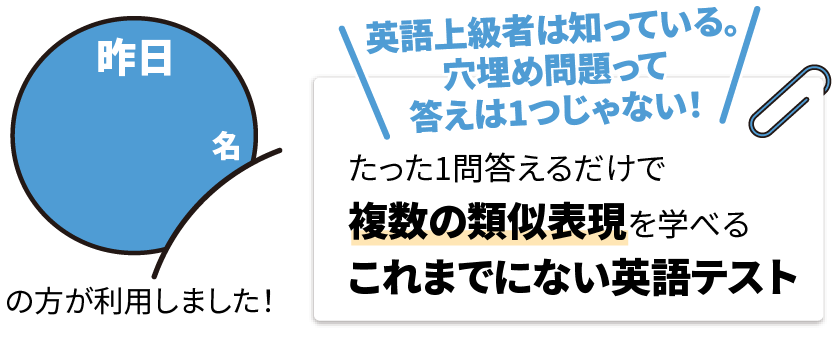




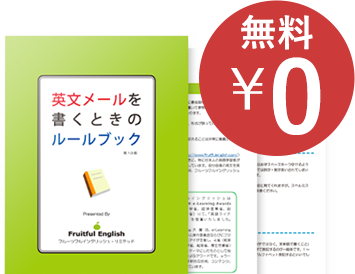
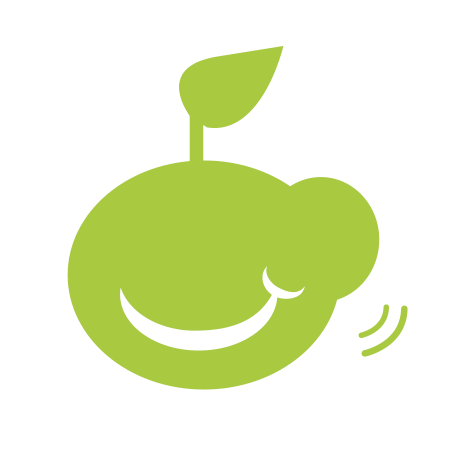
 (イイネ!は押されていません)
(イイネ!は押されていません)






